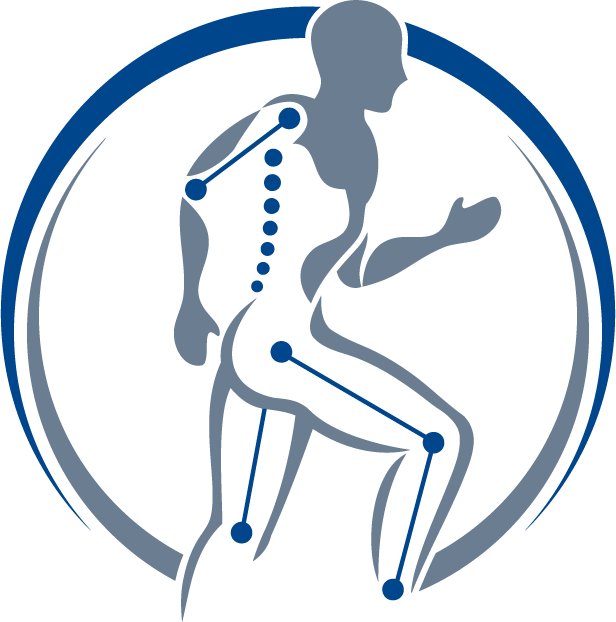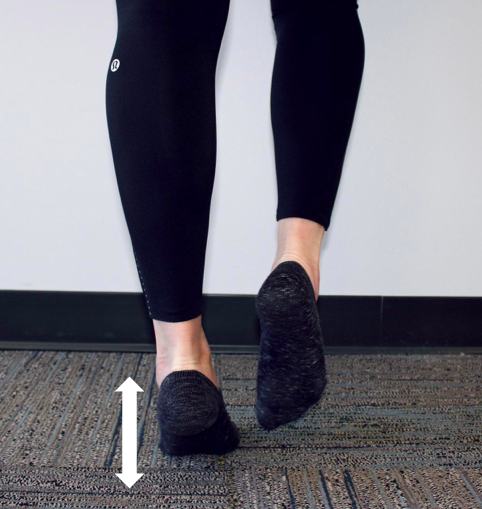Return to Running After Having a Baby
No one wants to tell a fit and energetic woman about the challenges a new mom will face when getting back to running. Your body has changed and movements that came naturally before are thrown out of whack. The drive you have had to “just do it” to stay fit and healthy, can drive you to start back to running to early, which can cause real issues to your body. This article will help you know when it is time for you to get back to running.
Why is it important to ease back into running after having a baby? High impact activities, such as running, result in increased pressure on your abdomen, pelvic floor, and pelvic organs. This increases the demand that the muscles must work to function properly. Following childbirth, your pelvic floor and abdominal muscles are stretched and weakened. If you return to running too quickly, you may experience pelvic organ prolapse, incontinence, or other pain conditions. Research shows that most women need instruction and supervision on how to properly activate the pelvic floor muscles postpartum, especially if there was no training prior to birth. When you have the tools and knowledge on how to re-introduce running safely and gradually, you have a better chance of preventing problems that can limit your running in the future.
While there are no definitive guidelines on safe return to running after having a baby, recent research is helping to shape guidelines to prevent musculoskeletal pain, incontinence, abdominal separation, and prolapse, which are common in postpartum runners. These guidelines were created to increase awareness of optimal recovery and to prevent and manage these conditions. The following questions are answered based on a summary of current research.
Considerations for the postpartum woman returning to running
How do I know if I should seek professional care?
All women, regardless of the mode of delivery (vaginal or c-section), can benefit from an individualized assessment by a pelvic health physical therapist following childbirth for prevention and management of pelvic floor and musculoskeletal pain conditions. This is supported by the highest quality of current evidence.
When is it safe to reintroduce running?
It is important to wait at least three months before you return to running, as the muscles and structures require that time to fully heal. This feels like a long time! But, you can be building your fitness in preparation for a healthy return to running. The first three months should be focused on rest, breathing patterns, body mechanics, postural corrections, gentle pelvic floor work and abdominal exercises, as well as low impact activities, such as walking. This is a great time to start pelvic health physical therapy to prevent issues and safely get you back to running and all other desired activities. Between three and six months, it is acceptable to introduce a graded return to running.
How do I return to running?
If you had a healthy pregnancy and uncomplicated delivery, it is safe to begin walking a few days after childbirth, in addition to a low intensity exercise program. This information is supported by The American College of Obstetricians and Gynecologists. Start by walking 3 times per day for a few minutes at a time and gradually increase your walks by 1-2 minutes. Once it is time to reintroduce running, begin with walk/run intervals a few times per week. Monitor your response and modify activity to increase or decrease difficulty as needed. Practice a slow breathing pace on initial return to running, such that would allow you to maintain a conversation. This helps to ensure that the diaphragm, abdominals, and pelvic floor are working together properly.
For running progression, increase the volume (distance and frequency of runs) before you increase the intensity (speed and terrain variations). It is important to remember that sleep and cross-training are important factors that can help prevent injury and maximize your success. Sleep is key for recovery from physical and psychological stress and is frequently restricted in the postpartum period. A graded return to running can help prevent the increased risk of injury that can often be associated with sleep deprivation.
What should I watch out for as I return to running?
Knowledge is power. While postpartum challenges are common, they are not normal and should not be ignored. If you experience any of the following signs and symptoms as you return to physical activity, work with a qualified pelvic health physical therapist to help you reach your goals of safely returning to and/or resuming running.
Leakage of urine or inability to control bowel movements
Sensation of heaviness, pressure, or bulging in the pelvic region
Painful intercourse
Musculoskeletal pain conditions of the abdomen, pelvic region, hip, SI joint, or low back
Your physical therapist will perform a thorough assessment to determine postpartum running readiness. Below are some of the tests used to assess load impact management and muscle strength. They should be performed without pain, pelvic heaviness, or incontinence. Give them a try, see if you pass!
Load Tolerance Testing:
Walk for 30 minutes
Single leg balance 10 seconds
Single leg squat 10 repetitions each side
Jog in place 1 minute
Forward bounds 10 repetitions
Single leg ‘running man’ 10 repetitions each side
Hop in place 10 repetitions each side
Single Leg Balance
Single Leg Squat
Forward Bounds Part 1 and 2
Running Man Part 1 and 2
Strength Testing:
20 repetitions of each test performed on each side
Single leg calf raise
Single leg bridge
Side lying abduction
Single leg sit to stand from a chair
Single Leg Heel Rise
Single Leg Bridge
Sidelying Hip Abduction
Single Leg Sit to Stand
If you have specific questions about safe return to running after having a baby or are experiencing pelvic floor dysfunction that just won’t go away, please contact us to schedule an evaluation with our pelvic health physical therapist Colleen Lind. We will help identify the root cause of your dysfunction and get you back to running!
To your movement health,
Colleen
This blog is not intended as medical or professional advice. The information provided is for educational purposes only and is not intended to serve as medical or physical therapy advice to any individual. Any exercise has potential to cause injury or pain if it is incorrectly done or is not the right exercise for an individual’s medical or physical problems. You should consult with a physical therapist or medical provider for individualized advice.









